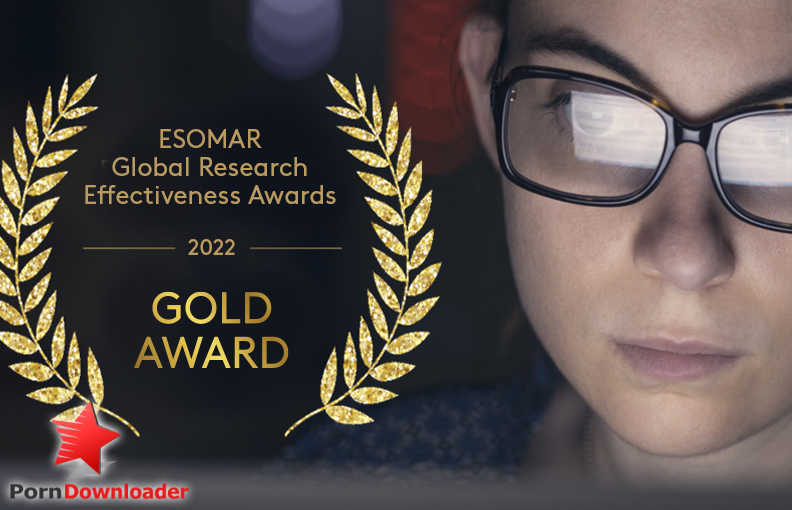Exploring the Link between Pornography and Violence: Separating Fact from Fiction
Introduction
In recent years, there has been significant debate surrounding the potential link between pornography consumption and violent behavior. Many argue that exposure to explicit sexual content may contribute to increased aggression and harmful attitudes towards women, while others dismiss these claims as unfounded. In order to shed light on this controversial topic, it is important to distinguish between fact and fiction, and critically analyze the available evidence. By examining various research studies and expert opinions, we can begin to understand the complexities surrounding the link between pornography and violence.
Defining Pornography
Before delving into the potential effects of pornography, it is crucial to define what exactly is meant by this term. Pornography refers to sexually explicit material, whether visual, written, or audio, that is intended to sexually arouse the audience. It can range from explicit magazines and videos to online platforms and adult content websites. Understanding the diverse forms of pornography is essential when discussing its potential impact on individuals and society.
The Connection between Pornography and Violence
While claims about the link between pornography and violence often make sensational headlines, the reality is far more complex. While some argue that the consumption of explicit sexual content can lead to an increase in violent behavior, there is a lack of consensus among scholars and experts. It is important to carefully examine the available research and evaluate the validity of these claims.
Evaluating the Evidence
Numerous studies have been conducted to investigate the potential connection between pornography and violence. However, it is worth noting that much of the research suffers from methodological limitations and conflicting findings. Some studies suggest a correlation between pornography consumption and aggressive behavior, while others fail to find any significant association. The challenge lies in deciphering whether there is a direct causal link or if other factors contribute to the observed effects.
Factors Influencing the Relationship
When exploring the potential link between pornography and violence, it is important to consider various factors that can influence the relationship. These factors include individual characteristics, such as pre-existing aggressive tendencies or personal beliefs about gender roles, as well as environmental factors, such as exposure to violence in childhood or peer influences. The interplay of these factors makes it challenging to attribute any potential effects solely to pornography consumption.
Context Matters
Another crucial aspect to consider when examining the link between pornography and violence is the role of context. Not all forms of pornography are the same, and the specific content, portrayal of relationships, and depiction of consent can have a significant impact on how individuals perceive and internalize what they consume. It is essential to differentiate between healthy consensual adult content and harmful depictions of violence and non-consent.
Conclusion
In conclusion, the relationship between pornography consumption and violence is a complex and controversial issue. While some argue for a direct link, the available evidence is inconclusive and often contradictory. Factors such as individual characteristics, environmental influences, and the context of the pornography consumed all play a significant role in shaping any potential effects. It is crucial to approach this topic with a critical mindset and recognize the limitations of current research. Further studies are needed to gain a comprehensive understanding of the nuances surrounding pornography and its potential impact on society.
FAQs (Frequently Asked Questions)
1. Does watching pornography lead to violent behavior?
Watching pornography does not directly lead to violent behavior. The relationship between pornography consumption and violence is complex, and individual factors and context play a significant role.
2. Are there any positive effects of watching pornography?
Some argue that pornography can have positive effects, such as providing sexual education, exploring fantasies, and enhancing sexual relationships. However, it is important to consume pornography ethically and responsibly.
3. Is there a difference between violent and non-violent pornography?
Yes, there is a significant difference between violent and non-violent pornography. Violent pornography often depicts non-consensual acts, whereas non-violent pornography focuses on consensual adult content.
4. Can exposure to pornography impact relationships?
Exposure to pornography can influence relationships, but the effects vary. Open communication, consent, and mutual understanding are crucial for addressing any potential impact and maintaining healthy relationships.
5. How can parents protect their children from harmful pornography?
Parents can protect their children from harmful pornography by engaging in open conversations about healthy relationships and sex, setting parental controls on devices, and fostering media literacy skills.
6. Does pornography influence societal attitudes towards women?
There is evidence to suggest that pornography can shape attitudes towards women. However, it is important to recognize that societal attitudes are multifaceted and influenced by numerous factors, not solely pornography.
7. What is the role of education in addressing the potential harms of pornography?
Education plays a crucial role in addressing the potential harms of pornography. Comprehensive sex education that includes discussions about healthy relationships, consent, and media literacy can help individuals develop critical thinking skills.
8. Can consuming pornography become an addiction?
While excessive consumption of pornography can become problematic for some individuals, it is essential to differentiate between excessive use and clinical addiction. Seeking professional help is recommended for those who feel their consumption is negatively impacting their daily life.
9. Does watching pornography correlate with sexual dissatisfaction?
Research on the relationship between pornography and sexual satisfaction is mixed. Some studies suggest a negative correlation, while others find no significant impact. Individual differences and relationship dynamics play a significant role in perceived satisfaction.
10. Should governments regulate pornography?
The regulation of pornography is a subject of ongoing debate. It involves balancing concerns of freedom of expression, individual rights, and protecting vulnerable populations. Different countries have varying approaches to regulation, reflecting different cultural, social, and legal norms.


